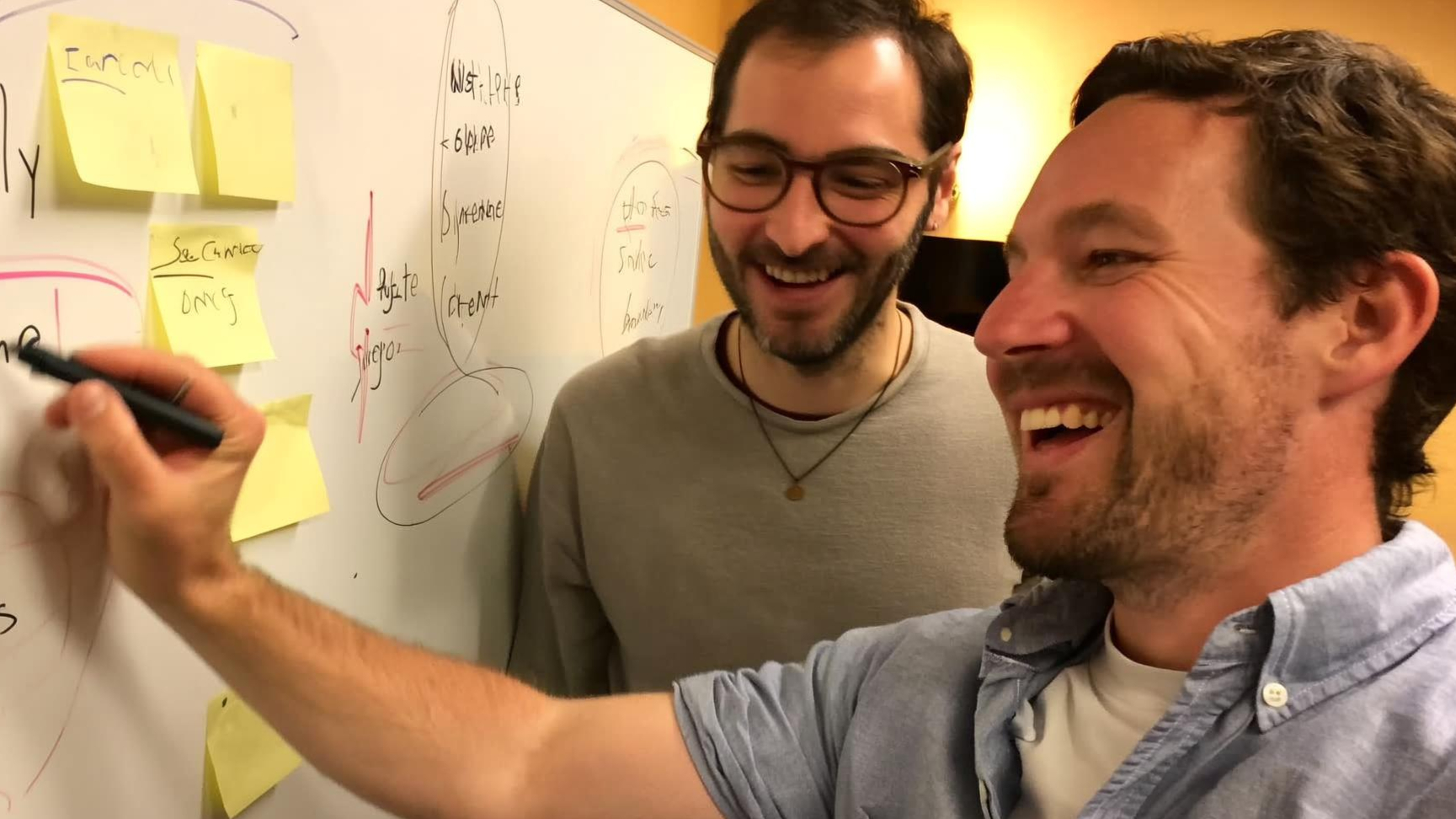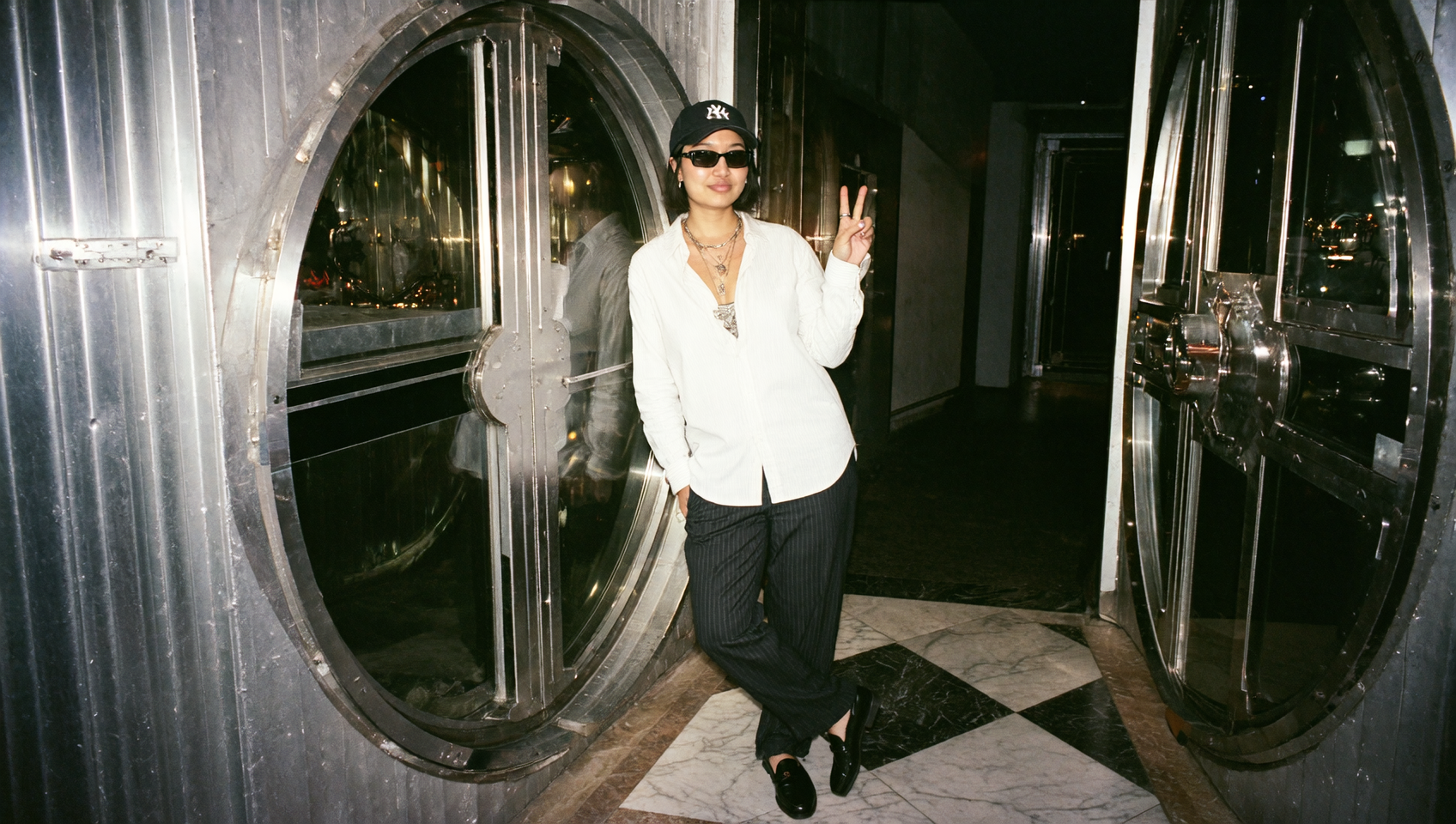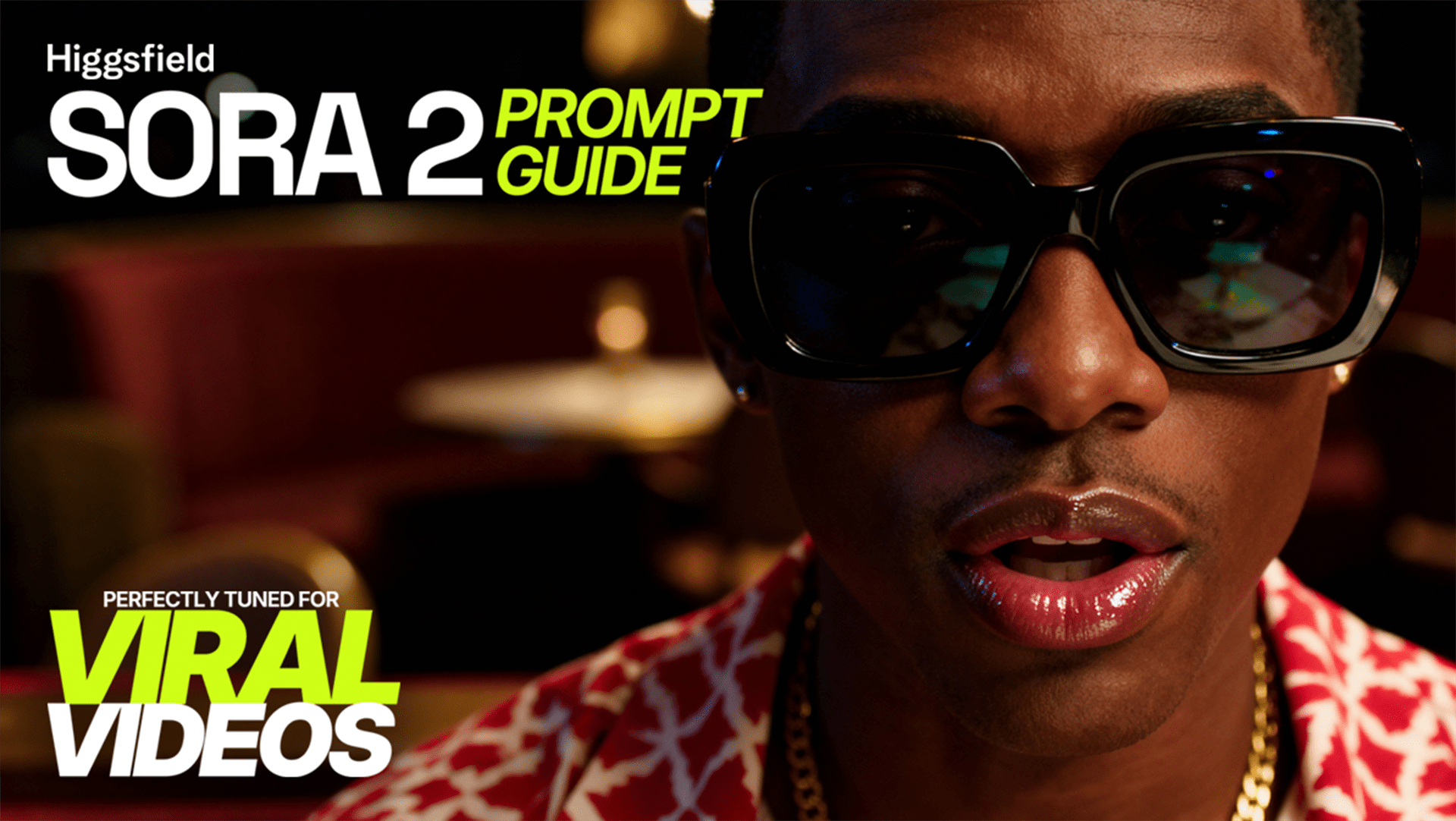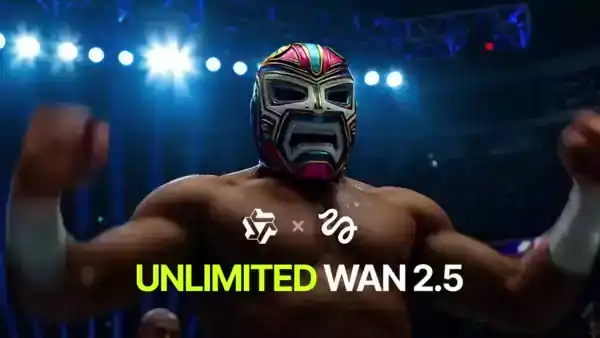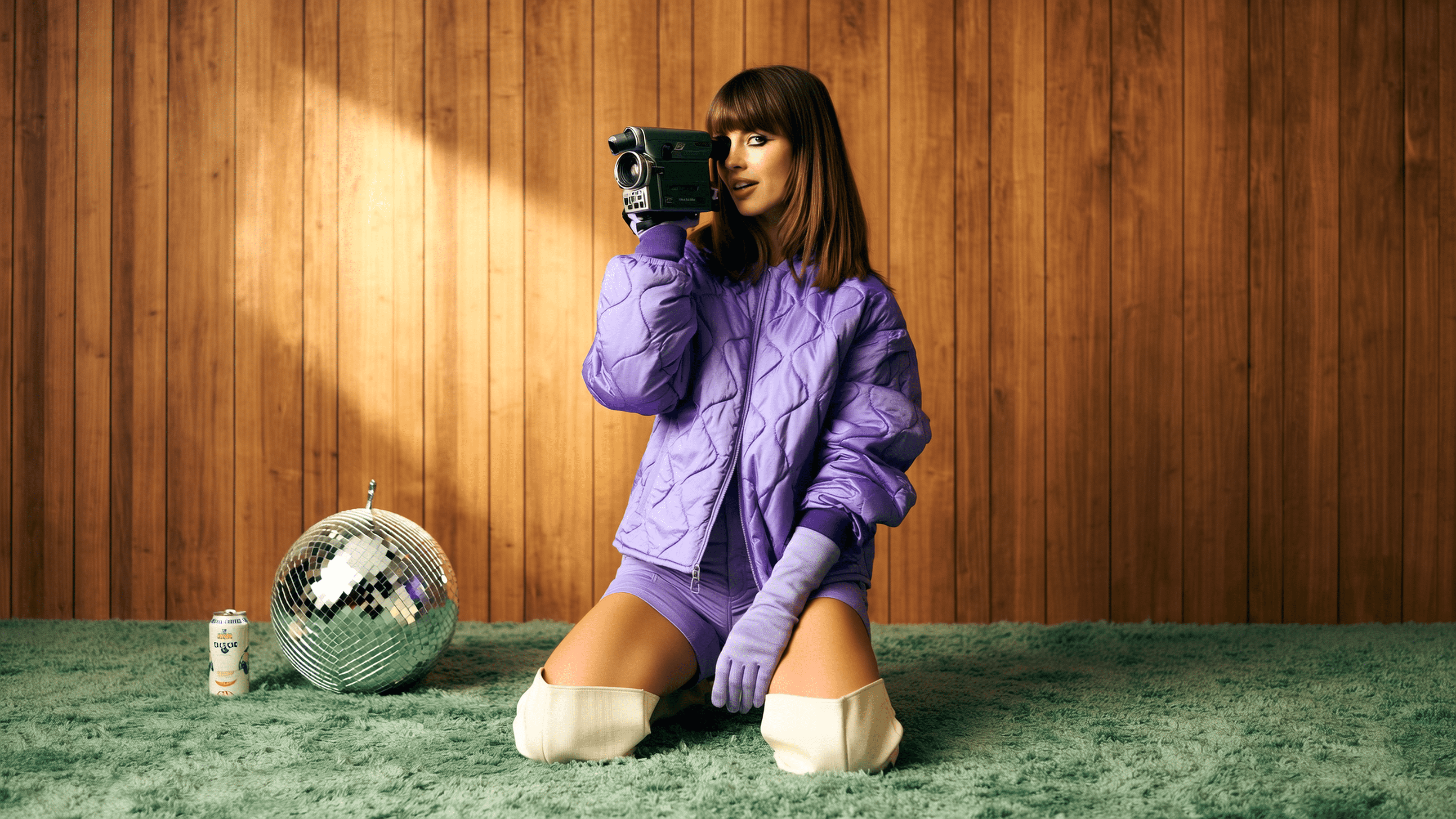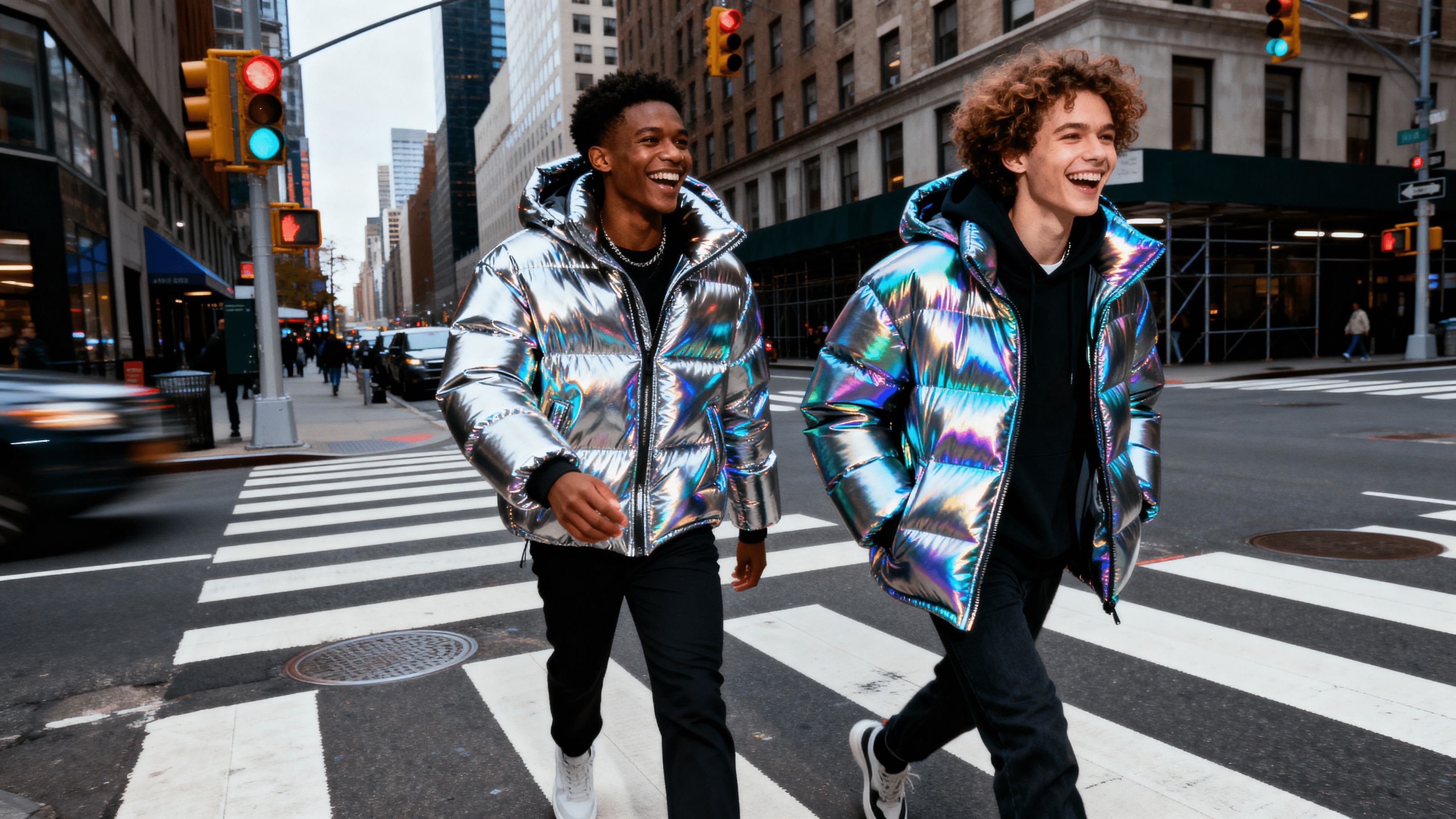In 2025, the world of AI video generation has grown faster than anyone expected. What began as a few experimental models has evolved into a full creative industry where AI now collaborates with human direction. At HiggsfieldAI, we work directly with multiple generation systems, integrating them into one platform built for professional storytelling. To understand how each performs, our Prompt Team conducted a full-scale comparison of the five most advanced AI video tools currently available on Higgsfield - Sora 2, Google Veo 3.1, WAN, Kling, and Minimax - each tested for realism, motion stability, narrative control, and creative flexibility.
The goal wasn’t to find a single “winner.” Instead, we wanted to understand what each model brings to the table and how creators can combine their strengths for cinematic results. Every one of these AI video generators represents a different approach to creative intelligence - and every one of them is already available inside Higgsfield’s unified ecosystem.

Our Testing Criteria
To ensure fairness and precision, the Prompt Team evaluated each model under the same parameters:
Prompt responsiveness: How accurately the model interpreted written descriptions.
Motion stability: Whether movement remained consistent between frames.
Lighting behavior: The realism of light interaction within dynamic scenes.
Character consistency: Identity and expression preservation through multiple shots.
Editing control: Ability to refine, modify, or direct scene composition post-generation.
1. Sora 2 - Cinematic Depth and Motion Precision
Sora 2, integrated directly within Higgsfield, remains one of the most complete AI video generation systems for those who want realism, movement, and lighting control that feels truly cinematic. What makes Sora 2 unique is its ability to interpret motion logically rather than mechanically. When a user writes a prompt describing the angle of light or a character’s subtle gesture, the model calculates that scene with the precision of a real camera setup.
Our Prompt Team found that Sora 2’s lighting engine and object physics outperform most existing generation systems. The model maintains motion coherence even across complex camera pans or environmental shifts, and the resulting footage feels directed rather than synthesized.
Highlights from testing:
Natural lighting that reacts correctly to every prompt cue
Realistic physics in clothing, reflection, and shadow depth
Smooth frame transitions for long, uncut sequences
Perfect integration with Sora 2 Enhancer and Sora 2 Trends for finishing and trend calibration
Sora 2 is ideal for anyone creating ads, product films, or cinematic projects where visual consistency and emotional realism matter most.
2. Google Veo 3.1 - Large-Scale Motion and Environmental Realism
Veo 3.1 remains a technological powerhouse in global illumination and spatial reconstruction. It excels at open-environment scenes where light, movement, and depth interact naturally. During testing, our team found Veo 3.1 especially strong in handling outdoor settings like landscapes, cityscapes, and natural motion such as water or fog.
The model reads long prompts effectively and handles global lighting complexity across multiple objects. Where Veo stands out is its capacity to simulate weather, wind, and depth of field in large-scale compositions.
Our observations:
Best performance for outdoor and atmospheric scenes
Excellent color tone and environmental motion handling
Occasionally softer consistency in close-up human shots
Seamless compatibility with Higgsfield’s refinement stack
Veo 3.1’s strength lies in natural realism - it makes wide shots feel cinematic, bringing large-scale motion to life in ways few models can.
3. WAN - Camera Logic and Cinematic Direction Inside Every Frame
Higgsfield WAN, short for Wide-Angle Neural Camera, is the model most focused on how a story is seen. Instead of focusing purely on the generated object, WAN interprets each scene through a virtual camera, simulating real-world cinematography principles. It understands camera movement, angle hierarchy, and shot pacing like a trained director.
The Prompt Team noticed that WAN’s biggest strength is perspective control. You can define rotations, zooms, or pans through prompts, and the system responds with accuracy that feels like a handheld or crane camera. It doesn’t simply “animate” a scene - it frames it with intention.
What makes WAN stand out:
Built-in camera simulation for professional-level shot design
Excellent sense of motion direction and focal depth
Perfect for dynamic storytelling and cinematic transitions
Natural integration with Sora 2 and Popcorn for multi-frame continuity
WAN transforms the concept of AI video generation into full digital cinematography. It gives creators camera control that once required entire production setups.
4. Kling - Dialogue, Lip-Sync, and Character Emotion
The Kling model, now integrated into Higgsfield, introduces realism in a completely different dimension - speech and emotion. While most AI video generators focus on motion and light, Kling specializes in synchronized dialogue and expressive character generation.
Our Prompt Team used Kling to create AI avatars and dialogue-based content, testing its performance in both scripted interviews and cinematic monologues. The model’s lip-sync accuracy and facial emotion mapping proved exceptional. Every syllable aligns with speech rhythm, and expressions shift naturally through tone and context.
From our results:
Industry-leading lip-sync and voice-matching quality
Emotional accuracy that enhances character realism
Perfect fit for creators making talking avatars, interviews, or marketing narrations
Compatible with Higgsfield SoulID for maintaining identity consistency across scenes
Kling is redefining how creators use AI for expressive storytelling, especially where human connection and spoken emotion drive engagement.
5. Minimax – Speed, Realism, and Effortless Generation for Everyday Creators
Minimax, also available inside HiggsfieldAI, represents a different kind of power among video generation systems. While other models like Sora 2 or WAN focus on deep cinematic control, Minimax is built for creators who value speed, accessibility, and immediate visual quality. It is designed to turn prompts into high-quality, realistic motion clips faster than nearly any model in its class, making it ideal for both newcomers and professionals who need quick output without sacrificing fidelity.
Our Prompt Team tested Minimax across multiple short-form concepts, focusing on product motion, lifestyle content, and quick UGC-style storytelling. What stood out most was how naturally Minimax handled motion transitions and tone even when prompts were minimal. It doesn’t require the same amount of direction or reference material as other systems — the model interprets context efficiently, producing results that feel intentional, emotionally clear, and ready for refinement in seconds.
From our results:
Exceptional speed-to-output ratio, ideal for fast content pipelines
Clean realism and consistent exposure across generated sequences
Smooth camera movement for short videos and commercial content
Where Minimax shines is accessibility. It brings the power of AI video generation to creators who want to move quickly - marketers, agencies, social storytellers, and solo artists. Its workflow lowers the barrier to cinematic creation by emphasizing clarity and speed rather than technical setup.
Why Testing Across Models Matters
Each of these models serves a different creative purpose, and testing them side by side revealed how complementary they are when combined under the Higgsfield ecosystem. Sora 2 offers depth and realism, Veo 3.1 expands scale and lighting behavior, WAN provides camera mastery, Kling humanizes expression, and Minimax perfects continuity and mood.
Instead of competing, these models enhance each other through Higgsfield’s workflow integration. A creator can generate motion through Sora 2, define camera logic with WAN, replace characters using Popcorn, and bring dialogue to life with Kling - all without ever leaving one platform.
This interconnected system turns Higgsfield into a multi-model cinematic ecosystem, where every generation works in harmony toward a coherent final product.
The Future of AI Video Creation on Higgsfield
At HiggsfieldAI, we see a clear trend emerging: creators no longer rely on one model but use several simultaneously to achieve professional results. The modern video generation process has become collaborative - not between departments, but between AI systems that each contribute a specific creative skill.
The Higgsfield ecosystem was designed precisely for this. It integrates Sora 2, Veo 3.1, WAN, Kling, and Minimax into one environment where you can control lighting, camera movement, dialogue, and continuity without exporting between platforms. This removes the technical friction that slows creativity and allows storytelling to happen at the speed of imagination.
Each partner model plays a vital role in shaping the future of video creation - together they represent a unified step toward AI-native filmmaking that keeps creative control in the hands of the user.
We Rated Top 5 AI Tools for Video Generation with HiggsfieldAI’s Prompt Team
The HiggsfieldAI Prompt Team rated the top five AI video generation models of 2025 - Sora 2, Veo 3.1, WAN, Kling, and Minimax - all available on Higgsfield for cinematic storytelling.
